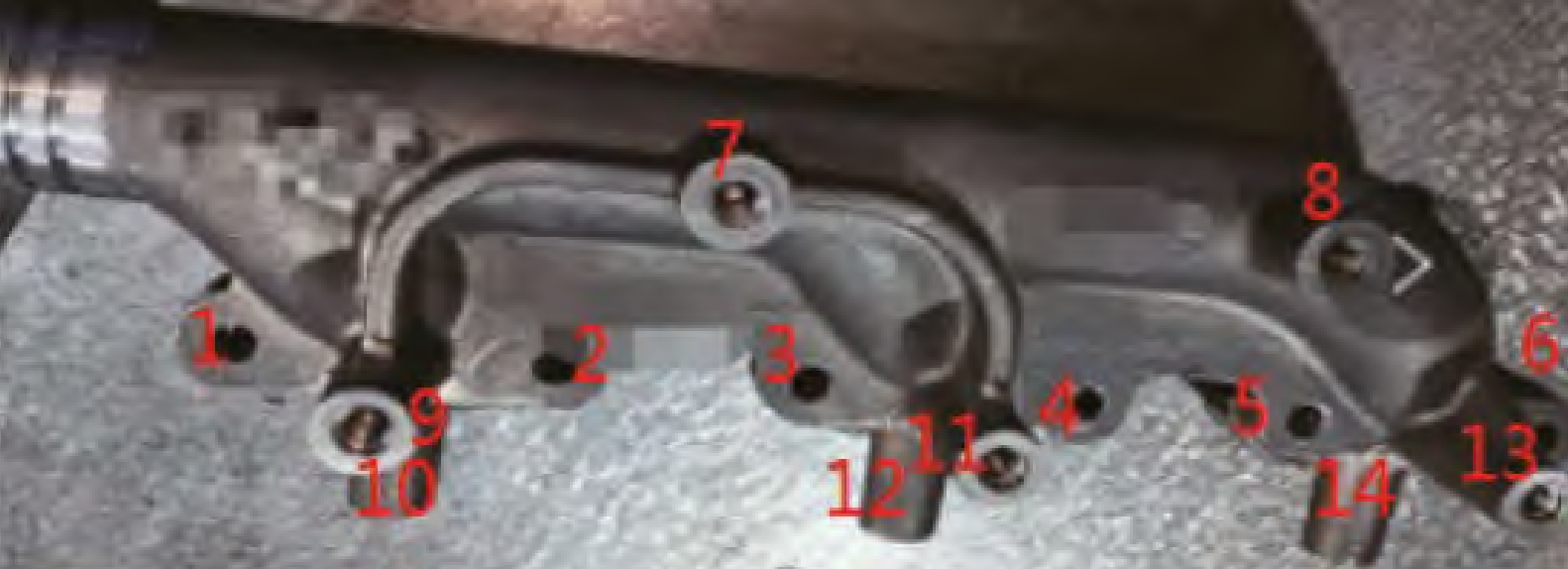In practical casting production, numerous defects inevitably occur, making process design and optimization critical for quality assurance. The effectiveness of casting solutions directly determines product integrity, particularly for complex components where shrinkage cavity casting defects frequently compromise structural soundness.
The ZG310-570 seat body, a large-scale component weighing 2600kg with dimensions 1160mm×1430mm×810mm, presents significant manufacturing challenges. Its intricate geometry includes one long axial bore, two semi-bores requiring sand cores, a bottom platform, and four thin-walled reinforcing ribs. These features create high susceptibility to shrinkage cavity casting defects, including misruns, shrinkage porosity, deformation, and hot tearing. Numerical simulation using AnyCasting software provides essential insights for defect mitigation.
Structural Analysis and Material Properties
The seat body material, ZG310-570 cast alloy steel, offers excellent mechanical properties, weldability, and machinability. Manganese content enhances strength and wear resistance by refining pearlitic structure but reduces plasticity. Chemical composition adheres to JB/T 5000.6-2007 standards:
| Element | C | Si | Mn | P | S | Cr | Ni | Mo | Co |
|---|---|---|---|---|---|---|---|---|---|
| Content (wt%) | 0.42–0.52 | 0.20–0.60 | 0.50–0.80 | ≤0.04 | ≤0.04 | ≤0.35 | ≤0.30 | ≤0.20 | – |
Critical geometric features include a maximum thickness of 305mm, minimum wall thickness of 50mm, maximum bore diameter of Ø410mm, and minimum bore diameter of Ø32mm. Thick sections create thermal hotspots prone to shrinkage cavity casting defects.

Casting Process Design
Pouring Position and Parting Plane Selection
Given substantial solidification shrinkage in large castings, an open bottom-gating system was selected to ensure sequential solidification and minimize shrinkage cavity casting risks. Parting plane and pouring position options were evaluated:
| Option | Configuration | Advantages/Disadvantages |
|---|---|---|
| A | Top pouring | High flask height increases molding difficulty; sand core placement challenging; high metal velocity causes erosion |
| B | Bottom pouring | Moderate flask height; minimal sand cores; high metallostatic pressure benefits riser feeding |
| C | Vertical orientation | Prevents sand inclusion and gas defects; moderate flask height; difficult riser placement |
| D | Inverted position | Requires bottom gating; top surface prone to gas defects; simplified riser design |
Option B (bottom pouring) with vertical orientation (Option D) was implemented, balancing flask height, core complexity, and feeding efficiency.
Gating System Design
Considering high melting point, low fluidity, and shrinkage characteristics of cast steel, the gating system was designed for rapid, tranquil filling with minimal flow separation. Cross-sectional areas follow the relationship:
$$\Sigma S_{\text{sprue}} : \Sigma S_{\text{runner}} : \Sigma S_{\text{ingate}} = (1.8 \sim 2) : (1.8 \sim 2) : (2.0 \sim 2.5)$$
Dimensions include sprue (Ø65mm), runner (Ø35mm), and four ingates (130mm×65mm) in a bottom-shower configuration. The design promotes directional solidification toward risers.
Riser and Chill Optimization
Risers were sized using the cubic equation method to compensate for volumetric shrinkage. Strategic chill placement accelerated cooling in thick sections to prevent shrinkage cavity casting formation. The final system configuration is shown below:
Numerical Simulation and Analysis
The 3D model was imported into AnyCasting with 6.6 million variable grids. Key parameters included:
- Pouring temperature: 1560°C
- Mold initial temperature: 25°C
- Interface heat transfer coefficient: 500 W/(m²·K)
- Pouring time: 72s
Temperature fields at critical solidification phases reveal solidification progression:
Stage 1 (t=821.75s, 30% solid fraction): Solidification initiates at thin peripheral edges and lower sections. Thermal gradient = 78°C/cm.
Stage 2 (t=3437s, 70% solid fraction): Solidification advances toward upper risers. Solidification front velocity $v_f$ is described by:
$$v_f = \frac{\partial T}{\partial t} \cdot \left( \frac{\partial T}{\partial x} \right)^{-1}$$
where $T$ is temperature, $t$ is time, and $x$ is spatial coordinate.
Stage 3 (t=9987.46s, 98% solid fraction): Final solidification occurs near central bore regions below risers. Total solidification time = 12,499s.
Shrinkage Cavity Casting Defect Analysis
The RMM criterion predicted defect distribution probability. Results showed:
- High defect probability concentrated in risers (0.85–1.0)
- Critical sections exhibited low defect probability (0.0–0.25)
- No shrinkage cavity casting defects in functional zones
This validates the effectiveness of chills and riser optimization in mitigating shrinkage cavity casting risks. Thermal management ensured $\frac{G}{\sqrt{R}} > 1.5$°C·s0.5/mm² (where G = thermal gradient, R = cooling rate) in critical sections, suppressing porosity formation.
Conclusions
- The open bottom-gating system with sectional ratio $\Sigma S_{\text{sprue}} : \Sigma S_{\text{runner}} : \Sigma S_{\text{ingate}} = 1.9:1.9:2.2$ ensures tranquil filling and directional solidification.
- Numerical simulations confirm optimized thermal profiles with solidification gradients oriented toward risers.
- Probability defect analysis demonstrates complete elimination of shrinkage cavity casting defects in functional regions.
- Strategic chill placement reduced solidification time in thick sections by 18%, effectively preventing shrinkage cavity casting formation.
This methodology provides a robust framework for shrinkage cavity casting defect mitigation in complex heavy-section castings.
